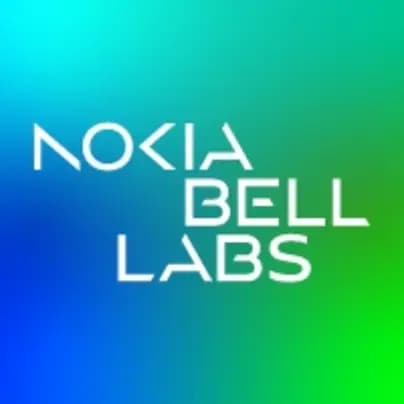2014 Bell Labs Prize winners

The 2014 Bell Labs Prize winners were Emmanuel Abbe of Princeton University, Patrick Reynaert of KU Leuven, Belgium, and the group of Matilde Sánchez-Fernández, Ana García Armada, and Eva Rajo-Iglesias of Universidad Carlos III de Madrid, Spain.
Emmanuel Abbe, pictured here receiving a check for $100,000 from Alcatel-Lucent CEO Michel Combes, seeks to build new algorithms that can efficiently extract clusters or communities of similar data from huge uncoordinated datasets. Abbe has demonstrated that there is a fundamental limit to our ability to compute cluster relationships, and the limit is analogous to the Shannon communication theory limit.
Patrick Reynaert proposes to develop a new communication technology based on small CMOS radio interfaces that are connected through inexpensive plastic waveguides, enabling much higher speed data communications across several meters, such as inter- or intra-chassis communications, and at a far lower cost (and easier) than equivalent optical communications.
The team of Matilde Sánchez-Fernández proposes a new architecture and system technology for flexible multiple antenna systems to increase uplink and downlink wireless speeds for mobile devices. These antenna arrays are being fabricated into jackets and into other form factors. The typical end-user could experience 100-1000X faster data transfer for a wide range of applications such as immersive multimedia communications.
Pictured from left to right are Bell Labs President Marcus Weldon, Eva Rajo-Iglesias, Patrick Reynaert, Matilde Sánchez-Fernández, Emmanuel Abbe, and Alcatel-Lucent CEO Michel Combes.
Written by Deborah Bresalier
